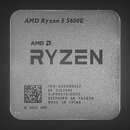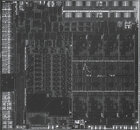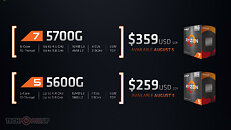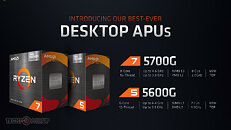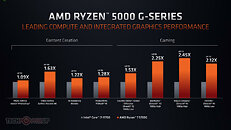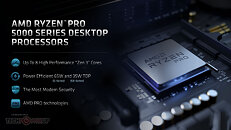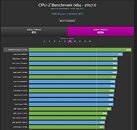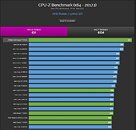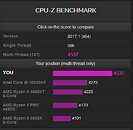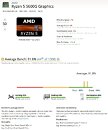Topton M1: AMD Ryzen 3-powered Mini PC Unveiled With Tiny Chassis
Mini PCs have steadily increased in popularity in recent years, primarily thanks to the performance and efficiency improvements brought to the table by APUs from Intel and AMD. There is no shortage of such systems with commendable computing horsepower, but there also exists a certain segment which prioritizes compactness over anything else. The Topton M1 undoubtedly belongs to that category, boasting a chassis that is 7.8 x 7.8 x 5.5 cm in dimensions.
As can be expected from a system as diminutive as the M1 mini PC, the internal specifications are nothing to write home about. At its core, a Ryzen 3 5425U APU powers the system, paired with up to 32 GB of soldered LPDDR4X memory. The "Cezanne" APU is based on the Zen 3 microarchitecture, packing four cores and eight threads. The 15-watt APU boasts similar CPU performance to the Core Ultra 5 134U, which should allow it to chew through most non-intensive workloads. Needless to say, support for discrete graphics is absent, and the integrated 6-core Vega iGPU should suffice for video playback and extremely lightweight tasks.
As can be expected from a system as diminutive as the M1 mini PC, the internal specifications are nothing to write home about. At its core, a Ryzen 3 5425U APU powers the system, paired with up to 32 GB of soldered LPDDR4X memory. The "Cezanne" APU is based on the Zen 3 microarchitecture, packing four cores and eight threads. The 15-watt APU boasts similar CPU performance to the Core Ultra 5 134U, which should allow it to chew through most non-intensive workloads. Needless to say, support for discrete graphics is absent, and the integrated 6-core Vega iGPU should suffice for video playback and extremely lightweight tasks.














































